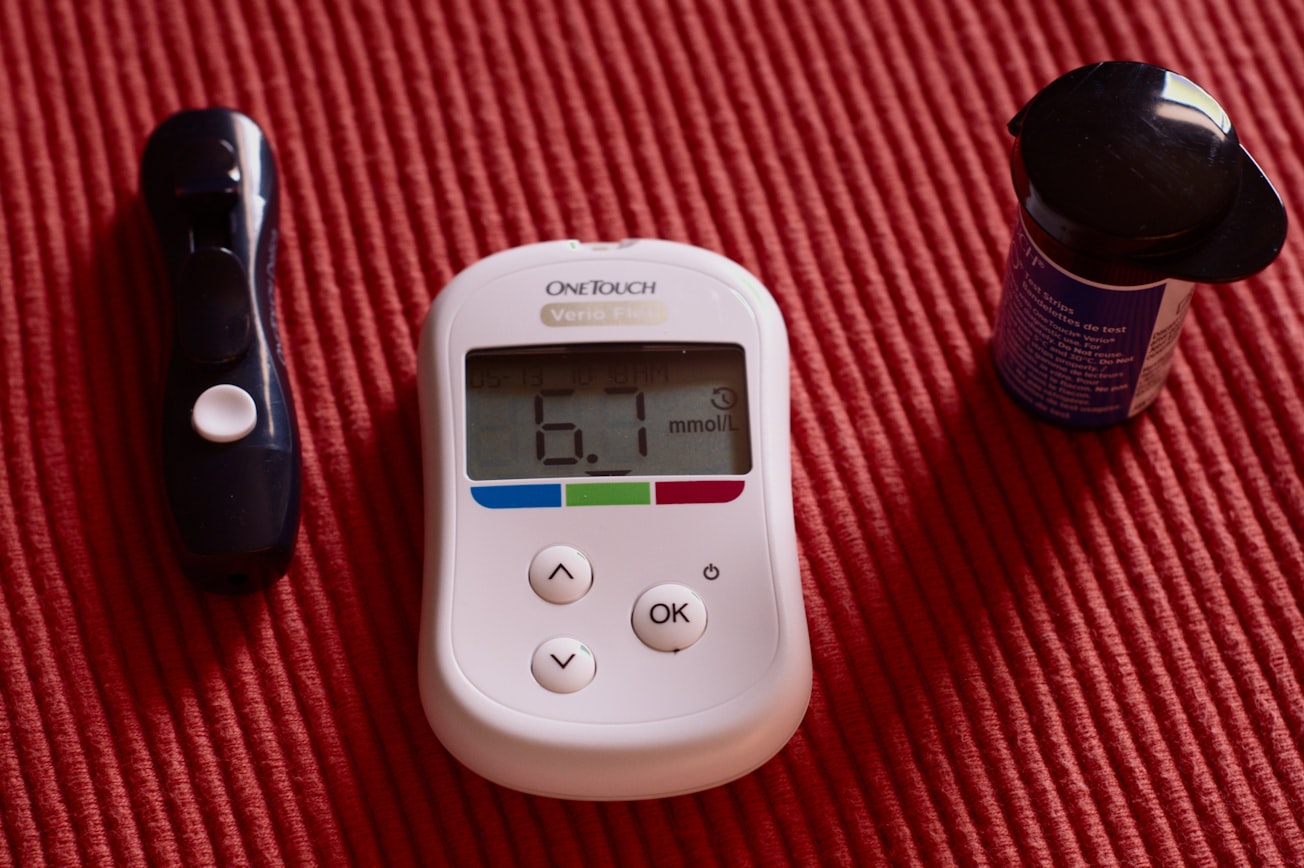What is it about?
Type 1 diabetes is a disease due to the autoimmune destruction of beta cells of the pancreas. Our study was aimed to assess whether the modulation of immune response inhibits the destruction of beta cells of the pancreas and prevents type 1 diabetes onset. In particular, we evaluated whether triggering of GITR, a marker of regulatory T cells (Tregs), promotes the expansion of Tregs in NOD mice that develop spontaneously type 1 diabetes
Featured Image

Photo by Kate on Unsplash
Why is it important?
Presently, patients that develop type 1 diabetes need lifelong insulin supplementation. The study demonstrates that potentiation of immune tolerance in a murine model of type 1 diabetes (NOD mice) prevents the autoimmune destruction of pancreatic islet beta cells and prevents type 1 diabetes onset. In particular, we demonstrate that: 1) the delivery of the anti-GITR G3c induce the expansion of Treg subsets (FoxP3+CD25+GITR+ and GITRsp cells) 2) G3c-expanded Tregs are antigen-specific and are found in the pancreas where inhibits islet destruction 3) the delivery of the anti-GITR antibody delays/prevents diabetes development. These findings suggest that, if a similar approach works in humans, treatment of patients soon after diagnosis of type 1 diabetes may prevent the destruction of all beta cells, allowing a sufficient production of insulin.
Perspectives
1) This therapeutic approach may have promising clinical potential for the treatment of type 1 diabetes. Before the use in clinics, we need to find the appropriate antibody (triggering GITR in humans), perform pre-clinical studies in humanized mice and clinical study on humans; 2) The same therapeutic approach may have promising clinical potential for the treatment of other inflammatory and autoimmune diseases.
Prof Giuseppe Nocentini
University of Perugia
Read the Original
This page is a summary of: Microencapsulated G3C Hybridoma Cell Graft Delays the Onset of Spontaneous Diabetes in NOD Mice by an Expansion of Gitr+ Treg Cells, Diabetes, March 2020, American Diabetes Association,
DOI: 10.2337/db19-0087.
You can read the full text:
Resources
Contributors
The following have contributed to this page







